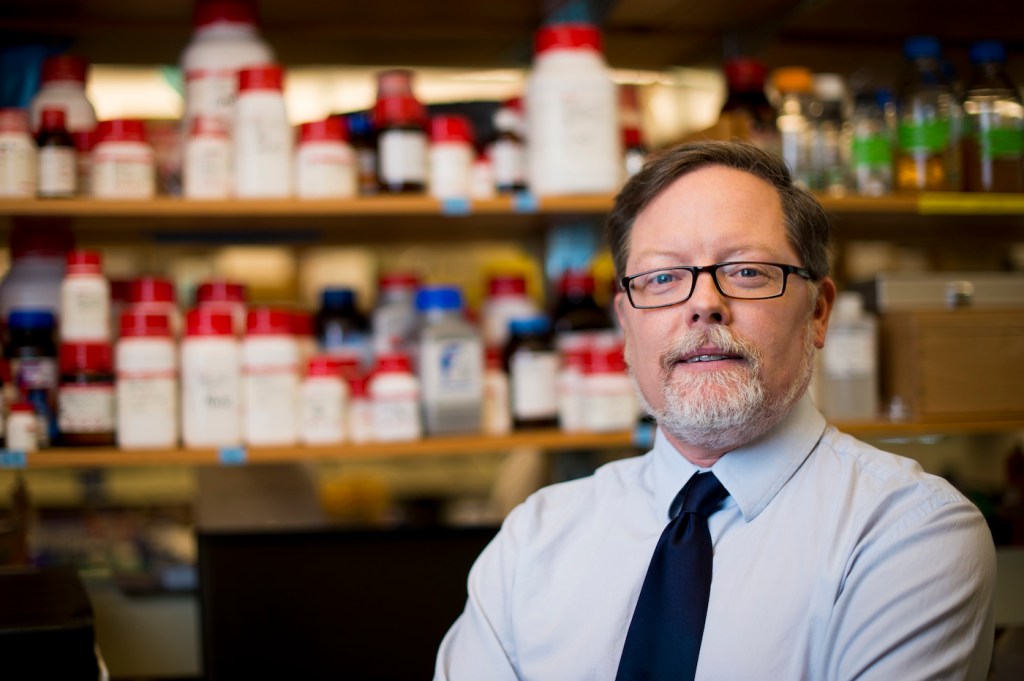‘Like a FitBit for inside the body’: Professor’s nanosensors could monitor health in real time

Public health organizations have long warned about the devastating potential of superbugs—bacteria that are immune to any existing antibiotics. If left unchecked, by 2050 these microorganisms could kill 10 million people per year, which is more than the current number of annual deaths from cancer and diabetes combined.
Northeastern professor Thomas Webster is creating a solution. His lab develops nanoparticles that latch onto bacteria and viruses and kill or render them innocuous. In 2015, Webster was installed as the Art Zafiropoulo Chair in Engineering, which was established with a $2.5 million gift from Arthur W. Zafiropoulo, E’61. That gift, which was part of Northeastern’s Empower campaign, has supported Webster’s work.
“The endowed chair has really allowed us to move quickly on health problems that face us today,” said Webster, who chairs the Department of Chemical Engineering. “We don’t have to wait to apply for grants and then a year later determine if they come in. We are able to utilize those resources very quickly and develop a strategy.”
The ability to act fast is vital when fighting superbugs and viruses. From recent norovirus outbreaks at food establishments to Zika virus infections from Miami to Malaysia, antibiotic-resistant bacteria are expected to pose an increasingly deadly public health threat.
Rather than treating each individual virus with an antibiotic, Webster envisions a blanket solution of nanoparticles that could treat all kinds of microorganism infections. “It’s a tall task, but we think it would certainly help keep people from dying of multidrug- and antibiotic-resistant bacteria,” Webster said.
Developing nanoparticles that attack dangerous microorganisms is a major thrust of research for his lab. Another focus is the creation of nanosensors, “almost like a FitBit for inside the body,” he explained.
To build the sensors, Webster has already discovered which materials have the right chemistry to enter and remain in the human body without being rejected. The challenge now is finding a way to continuously power the nanosensors. Once that hurdle is crossed, the sensors could monitor health in real time. For example, they could be programmed to detect when a cell is becoming cancerous and then kill the cell or reverse its mutation.
“We use the term personalized medicine, and it’s really a personalized approach to heal or to treat something that has gone wrong in a patient,” Webster said. Eventually, these sensors could send health data from inside the body to a user’s cellphone or healthcare provider. “Then, you’re able to get real-time information when the first episode of a problem starts, when you’re much more likely to treat it, so you never have to go into the hospital. That’s the dream.”





